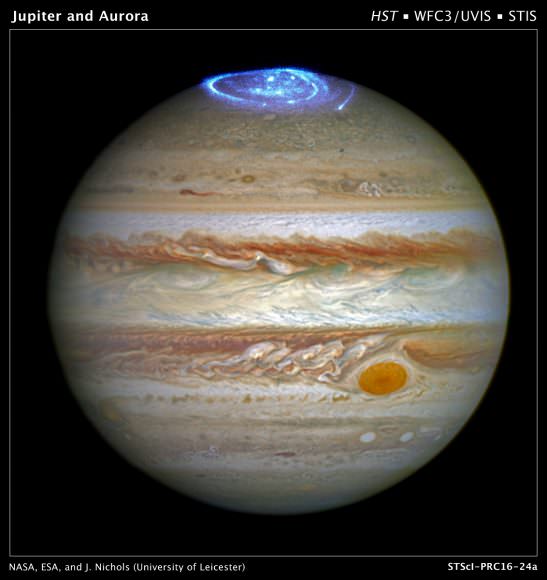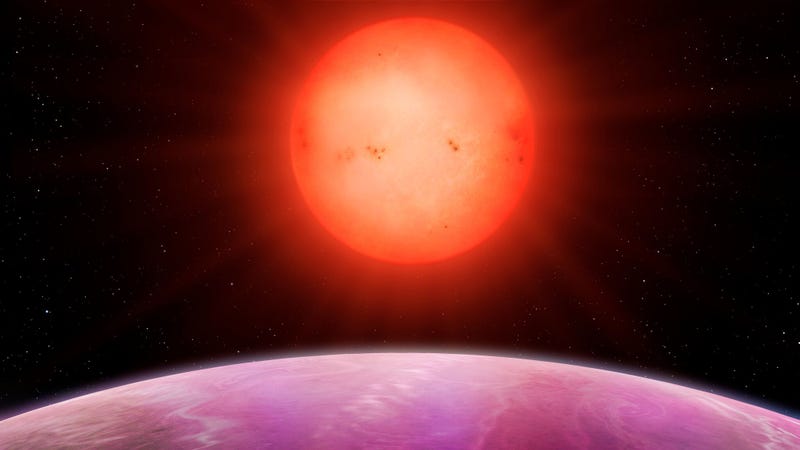This is an amazing age of astronomical discovery. Not that long ago we could only speculate on the existence of planets around other stars, not to mention exploring those in our own system. We didn't know Jupiter had auroras or any of the many, many amazing discoveries of the last decades. Once we were limited to what our eyes and cameras could detect through the thickness of our terrestrial atmosphere. The Hubble Space Telescope launched our instruments beyond that blurring layer, and other telescopes, both on Earth and in orbit, expanded our view to include other parts of the EM spectrum. We have X-ray and infrared telescopes, and color enhancement by computers. Space probes like the Pioneers, Voyager, Spirit and Opportunity, Cassini-Huygens, Juno, and New Horizons have vastly expanded our understanding of the solar system. Who knows what wonders lie yet to be explored?
Here are a few tidbits in recent news:
Using the NASA/ESA Hubble Space Telescope, astronomers have discovered that the brightest galaxies within galaxy clusters “wobble” relative to the cluster’s centre of mass. This unexpected result is inconsistent with predictions made by the current standard model of dark matter. With further analysis it may provide insights into the nature of dark matter, perhaps even indicating that new physics is at work. Full article here.
Using an innovative new telescope array, an international team of researchers has discovered a distant gas giant roughly the size of Jupiter around a star half the size of ours. It’s considered the largest planet in proportion to its companion star.
Bayliss and Wheatley spotted the hot Jupiter using the Next-Generation Transit Survey (NGTS) instrument, a wide-field observing facility composed of several telescopes at the European Southern Observatory’s Paranal Observatory in Northern Chile. This state-of-the-art facility is operated by the Universities of Warwick, Leicester, Cambridge, Queen’s University Belfast, Observatoire de Genève, DLR Berlin, and Universidad de Chile. Full article here:
Here are a few tidbits in recent news:
In the past, auroras have been spotted around Jupiter’s poles by NASA’s Chandra X-ray Observatory and by the Hubble Space Telescope. Investigating this phenomena and the mechanisms behind it has also been one of the goals of the Juno mission, which is currently in an ideal position to study Jupiter’s poles. With every orbit the probe makes, it passes from one of Jupiter’s poles to the other – a maneuver known as a perijove. Full article here.
Bayliss and Wheatley spotted the hot Jupiter using the Next-Generation Transit Survey (NGTS) instrument, a wide-field observing facility composed of several telescopes at the European Southern Observatory’s Paranal Observatory in Northern Chile. This state-of-the-art facility is operated by the Universities of Warwick, Leicester, Cambridge, Queen’s University Belfast, Observatoire de Genève, DLR Berlin, and Universidad de Chile. Full article here:


No comments:
Post a Comment